USAF Should Look At China’s Future Multi-Crew Fighter Model For F-15EX
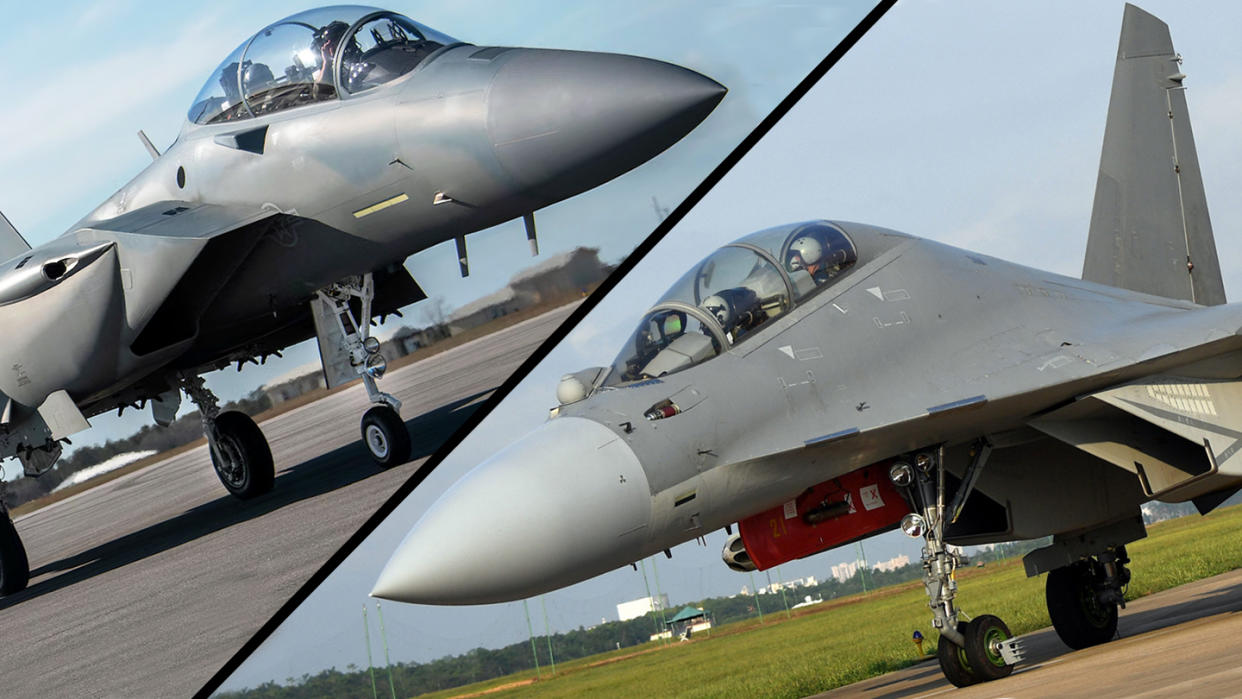
Amidst strategic shifts in its force posture, the U.S. Air Force (USAF) faces pivotal decisions on the deployment of its next-generation fighter fleet. With plans to retire aging F-15C/D Eagles and scale back F-15E Strike Eagle operations, the USAF is poised to integrate a limited number of F-15EX Eagle IIs into the fleet. Yet, while the F-15EX boasts advancements as an evolution of the F-15E Strike Eagle family of fighters, current strategies overlook the aircraft’s rear cockpit potential.
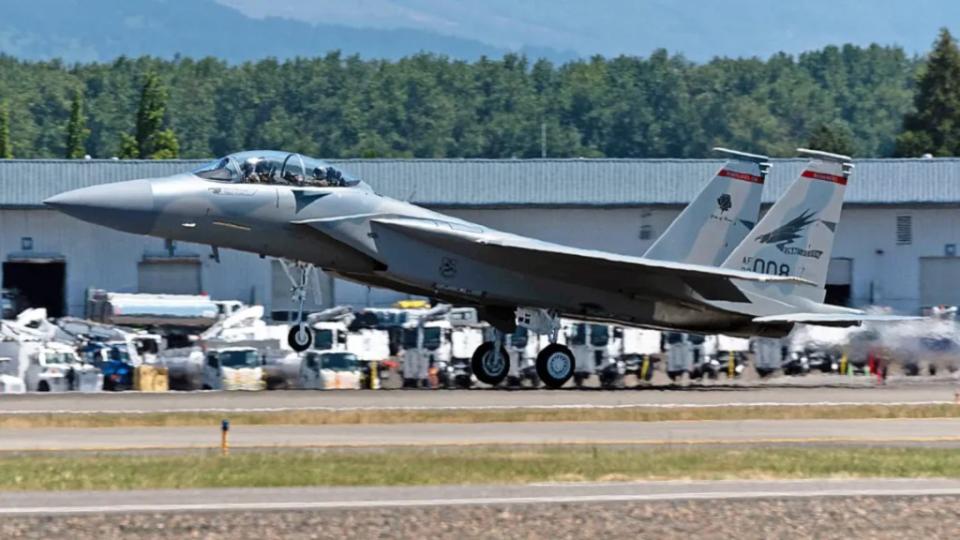
Meanwhile, the People’s Liberation Army Air Force (PLAAF) advocates for multi-seat configurations to manage data-rich combat environments effectively. USAF plans, on the other hand, currently exclude utilizing the F-15EX’s rear cockpit, limiting its role to air-to-air missions and possibly limited air-to-ground missions sometime in the future.
In this era of transformative air combat, as the PLAAF pioneers new operational concepts with multi-seat fighters, the USAF stands at a crossroads, balancing legacy strategies with the imperative for adaptive, integrated command and control of unmanned systems and network-centric operations. With the F-15EX, however, the USAF has an opportunity to lead the way regarding future air combat by fully embracing the Eagle II’s two-crew capability.
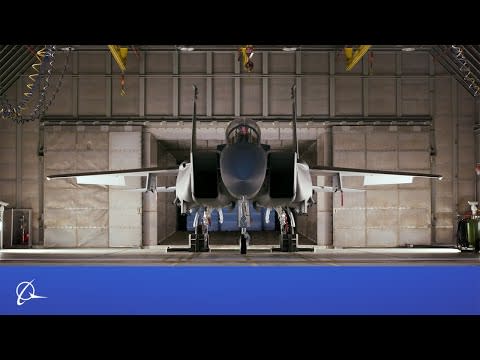
The Eagle II Opportunity
With the pending divestment of the F-15C/D and reduction of the F-15E inventory, the USAF has committed to purchasing a relatively small number of F-15EXs to replace the F-15C/D in Japan, as well as at three National Guard bases with units tasked with U.S. homeland defense. The Eagle II, however, evolved from the Strike Eagle and subsequent F-15 derivatives, is capable of far more than what the legacy Eagle fleet previously provided to combatant commanders.
Given its modernized sensors, self-protection suite, fiber optics, future integration of an open mission system and digital open architecture backbone, more powerful engines, increased computing capabilities, and the inclusion of a rear fully-missionized cockpit, the F-15EX represents a significant advancement over both the F-15C/D and F-15E. Yet, current operational plans do not involve taking advantage of the rear cockpit, leaving it empty and unused, assigning the F-15EX to perform long-range and medium-range air-to-air only missions with minimal expansions into other missions sets the F-15EX is purpose-built to fulfill.
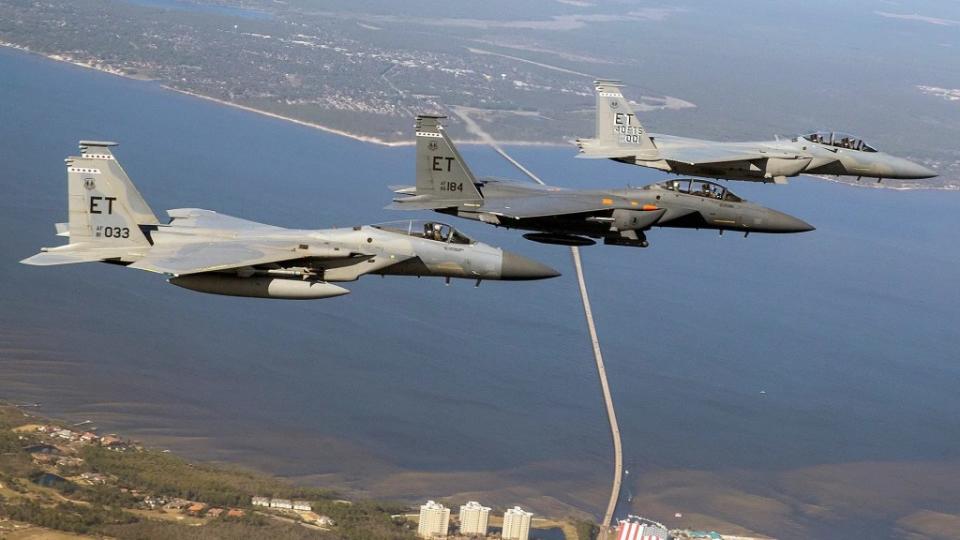
The evolving character of air combat, however, demands that platforms do more amongst the growing complexity of high-end warfare. When considering the future of air combat, which places information at center stage in a high-end conflict, failing to utilize the rear cockpit would be a missed opportunity to expand future roles and responsibilities of the F-15EX, disregarding the investment that already exists in the aircraft’s capabilities.
By contrast, People’s Liberation Army Air Force (PLAAF) assessments of the anticipated complexities of forthcoming high-end combat environments have led them to identify multi-seat, multi-role configurations as critical to operations.
Available information suggests that the PLAAF believes an additional operator offers the potential for more effective interpretation and utilization of the vast sensory data that could overwhelm the cognitive and processing capacities of a single individual, particularly in the future of contested air combat environments. Having made this assessment, the PLAAF is now moving forward in developing operational concepts for how best to employ multiple operators in a single tactical aircraft, like the J-16 and the two-seat J-20S variant (also referred to variously as the J-20B and J-20AS), beyond their traditional roles. The USAF could benefit from adopting a multi-operator approach like the PLAAF’s with the F-15EX.
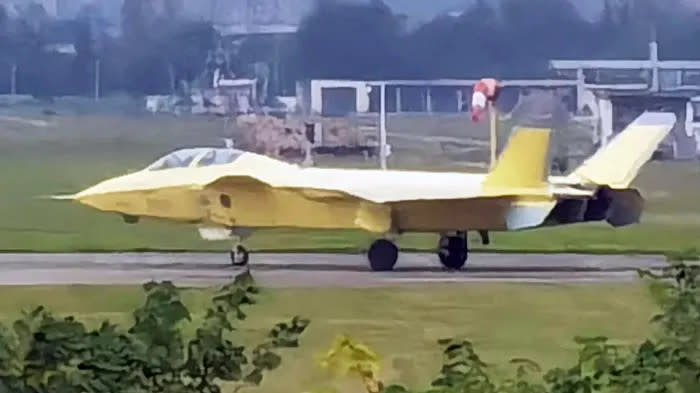
Information Saturation
Any future high-end conflict will produce vast amounts of data that need processing. Both the U.S. military and PLA continue to develop robust integrated intelligence, surveillance, and reconnaissance (ISR) networks to facilitate combat operations and support long-range kill chains. As such, sensors within the land, sea, air, and space domains will provide more data than can be consumed by human operators to process — and make accurate — real-time tactical and operational decisions. Due to the rapidly changing environments in a future contest, these decisions will need to be made quickly and potentially at the forward edge of the battlespace.
In an anticipated information-saturated environment, the USAF advocates for the integration of artificial intelligence (AI) and machine-to-human collaboration to alleviate the workload and cognitive demands on operators. While the incorporation of AI may process and distill information to provide operators with pertinent data, a saturated, complex combat environment full of adversary ships, aircraft, and coastal defenses employing deception and denial tactics will still likely result in an overwhelming influx of information for operators to process, leading to task saturation. Performing a multitude of missions and tasks — including controlling collaborative combat aircraft (CCA) and managing other aircraft in formation — all the while making air-to-air and air-to-ground engagement decisions within a contested, degraded, and operationally limited (CDO-L) environment will challenge and could exacerbate cognitive processes for both humans and their AI agents. The PLAAF, on the other hand, seems to be intent on leveraging AI integration with more human operators, not less.
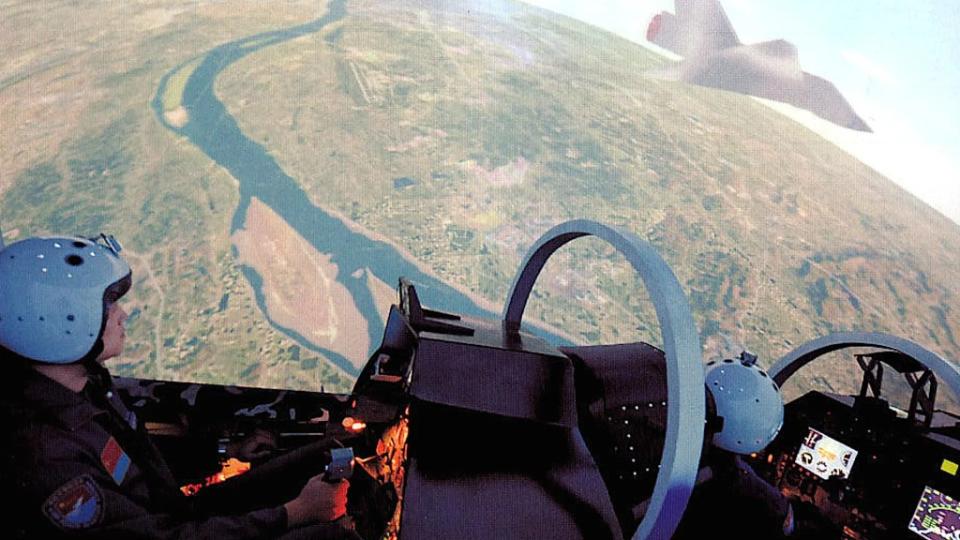
Moving Beyond Traditional Roles
A recent article published in January 2024 by Chinese state-owned outlet Ta Kung Pao Online in Hong Kong, titled “J-16 Leads the Air Force Aircraft Fleet in Preparations for Future Air Battles,” sheds light on the evolving role of the J-16 back-seater and its implications for the future role of the J-20S back-seater. The article outlines the traditional division of responsibilities between front-seat and back-seat operators in the J-16. It also underscores how, due to evolving characteristics of air warfare, the role of the backseat operator has evolved as combat has evolved, informing future J-20S operations.
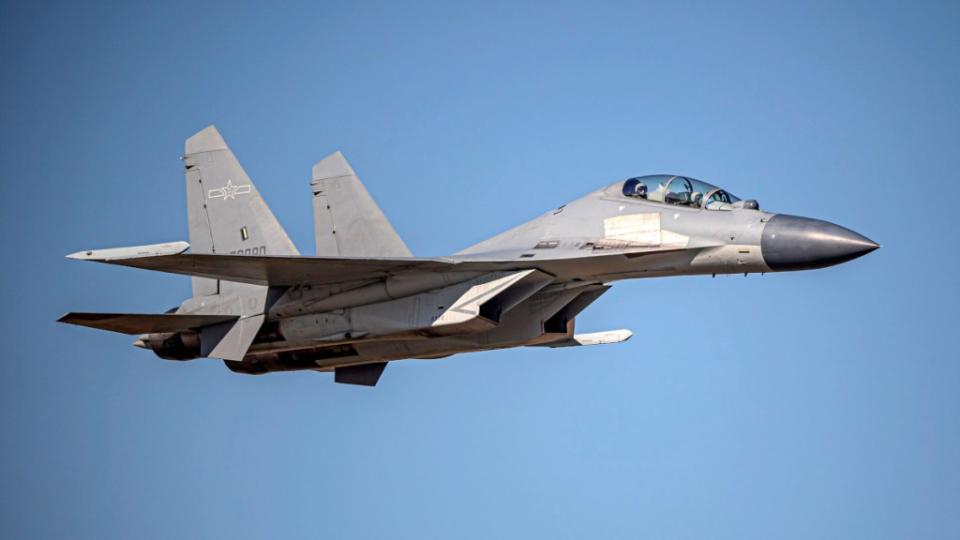
According to the article, the J-16 stands out as the primary two-seat fighter in the PLAAF’s combat air force. While the two-seat Su-30 Flanker exists in the PLAAF’s inventory, its fleet is smaller in size, whereas the J-16 contains more advanced avionics and is in continued domestic production exceeding 245 aircraft, leaving the PLAAF to rely heavily on the J-16 and its more advanced capabilities.
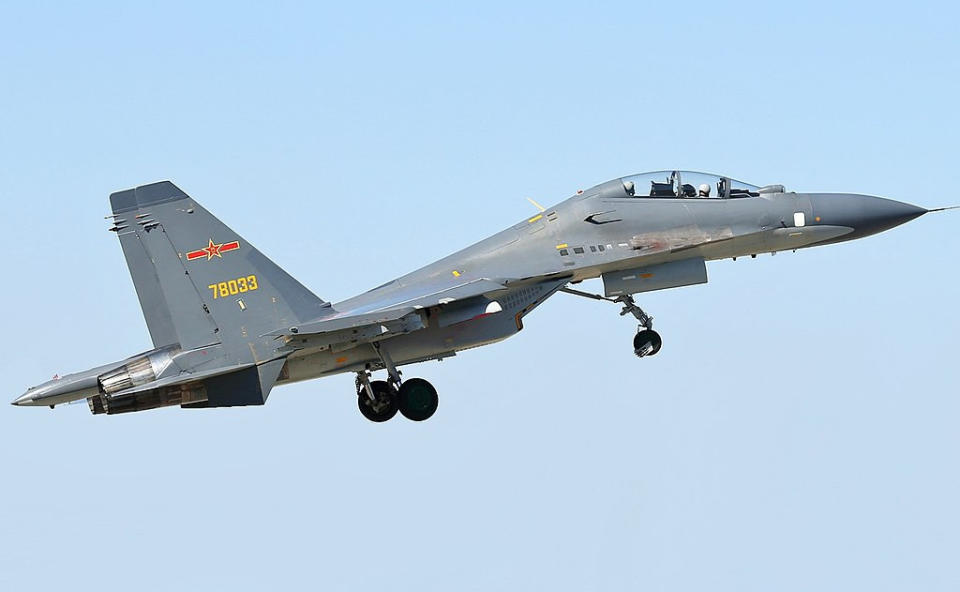
Equipped with asymmetric, outsized weapons that don’t fit in the J-20’s weapons bay, the J-16 provides a broad array of operational capabilities, making it a versatile asset in various scenarios. Similar to the F-15E, the J-16 conducts long-range air-to-air engagements and attacks on ground and maritime targets where the back-seater serves as a weapons controller responsible for employing different types of weapons. The PLAAF, however, is beginning to adapt the J-16 to the expected information-dominated combat environment and evolving manned-unmanned teaming by developing new roles and responsibilities for the aircraft and its operators.
Information-Dominated Combat Environment
In the context of the evolving landscape of networked and unmanned warfare, contemporary air combat will incorporate a multitude of systems where all combat elements are interconnected with vast amounts of information. Through data transmission and intelligence-sharing platforms, collaborative operations based on interconnected systems have become the predominant operational model, with the J-16 capable of assuming the central command role for entire formations. According to the Ta Kung Pao article, the J-16 back-seater, in this new environment, evolves from simply a “weapon controller” into an “air mission commanding officer.”
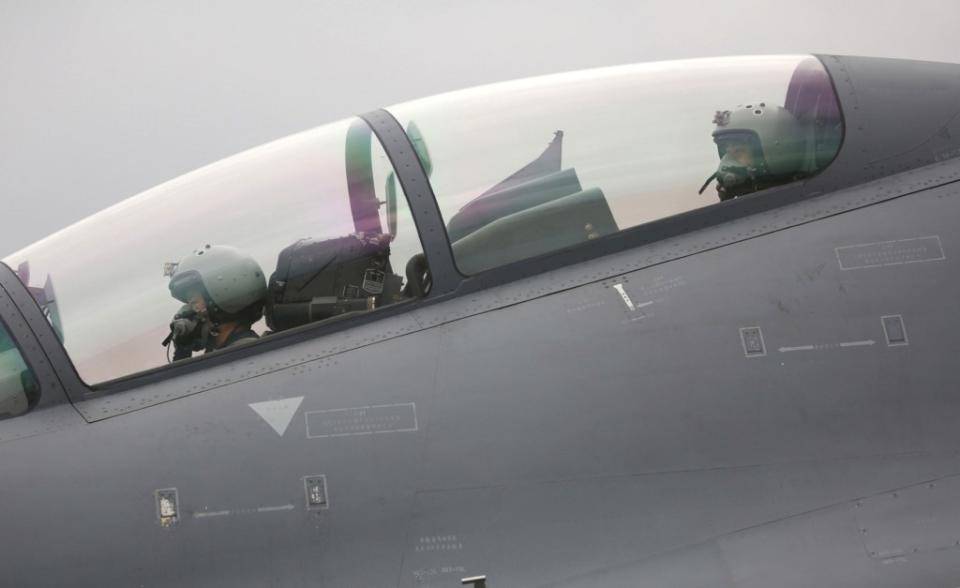
With this new evolution, the air mission commanding officer (AMCO) encompasses multiple roles and responsibilities in a high-tech conflict that includes overseeing air-to-surface weaponry, managing and disseminating multi-platform intelligence, and issuing operational directives. While this may seem similar to the USAF’s airborne Forward Air Controller-Airborne (FAC[A]), there appear to be differences in employment concepts between the PLAAF’s AMCO and the USAF’s FAC(A), particularly regarding the operational environments with which they are utilized.
Primarily employed in close air support (CAS) or strike coordination and reconnaissance (SCAR) missions, the FAC(A) is the airborne version of a joint terminal air controller (JTAC) in which both can nominate and mark targets, deconflict airspace, relay critical ground schemes of maneuver, and authorize airstrikes. The PLAAF’s AMCO, however, seems to focus on roles and responsibilities that leverage the PLA’s sensing network in a contested air interdiction environment.
Utilizing the PLA’s expanding sensing network to build situational awareness in the battlespace, the J-16 back-seater, assuming the AMCO role and plugged into the sensing network, is intended to direct coordinated efforts among various aircraft, in conjunction with ground and naval units, to execute comprehensive aerial attacks. Additionally, the back-seater’s role is to command and coordinate multiple drones acting as ‘loyal wingmen’ with the intent to amplify combat effectiveness through combined manned and unmanned operations.
Whether or not the PLAAF is actually proficient with this type of force package integration in a high-end combat environment remains to be seen. There is a distinct possibility that the PLAAF is overstating its capabilities in such an environment and much of this training is nascent or scripted, or this is the aspirational plan for future operations. However, the article points to recent footage from state-run CCTV that claims to showcase joint exercises involving GJ-2 drones under the command of J-16s enabling swarm attacks. Analysts, however, suggest that the articles and CCTV coverage of these events do not match reality given current PLAAF capabilities and likely reflect a desire for future capability. But while the PLAAF may be unable to conduct the defined roles and responsibilities of the AMCO in the current state, the PLAAF continues to move forward in preparing its endeavors. More importantly, however, the J-16’s implementation of an AMCO also serves as a testbed for future two-seat J-20S operations.
China's network-centric warfare demonstration:
Infantry
GJ-2 UAV
J-16 fighter
GJ-2 finds the target.
Orders the infantry to confirm.
Infantry squad uses a laser designator to guide a bomb dropped by J-16 onto target.
GJ-2 UAV then uses missiles to finish surviving targets pic.twitter.com/hLSFCDRna8— Zhao DaShuai 东北进修
(@zhao_dashuai) August 12, 2023
While the J-20S may lack the payload capacity of the J-16, the PLAAF anticipates that “stealth, high-speed, and advanced situational awareness” allow the J-20S to “penetrate enemy territory, gain air superiority,” and subsequently assume command over trailing aircraft like J-16s and J-10Cs. Moreover, the J-20S, like the J-16, will be able to coordinate and control CCAs to compensate for its magazine depth and weapons limitations, a task overseen by the AMCO in the rear cockpit.
Drawing parallels from the expanding roles of J-16 and J-20S back-seaters, incorporating a Weapon System Officer (WSO) into the F-15EX’s rear cockpit would expand its capabilities and enhance the lethality of USAF strike packages. With the advent of large, integrated sensing networks providing a vast amount of data, an F-15EX WSO, assuming a role similar to an AMCO, can coordinate and direct fires, provide mission-critical intelligence in the midst of mission execution to other platforms in a strike package, pass information of evolving situations between pulsed operations, and even coordinate with various naval or ground forces.
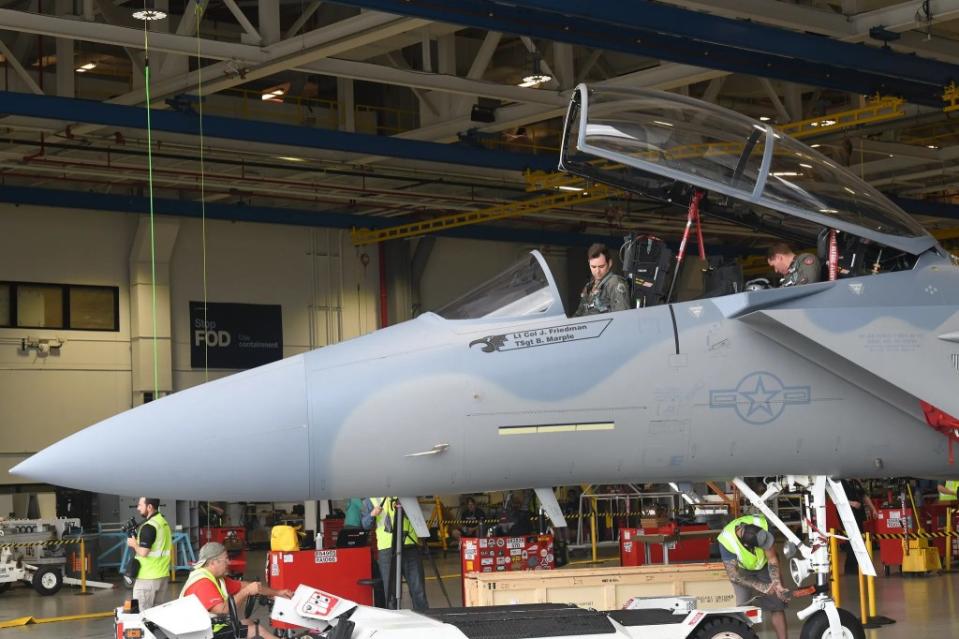
Additionally, the F-15EX’s weapons array integration, including outsized weapons, allows it to perform an array of missions already being fulfilled by the F-15E, which includes long-range air interdiction. Moreover, it can be deployed to other environments in the event of horizontal escalation or low- to medium-tier conflicts, providing global firepower reach against smaller, maligned nation-states while still providing key capabilities in the high-end fight. Furthermore, the lack of stealth allows the F-15EX the ability to carry highly specialized pods that stealth assets simply can’t, or won’t, carry. Advanced pods can provide many warfighting-enhancing capabilities, from communications to sensing, electronic warfare, network redundancy, and edge computing.
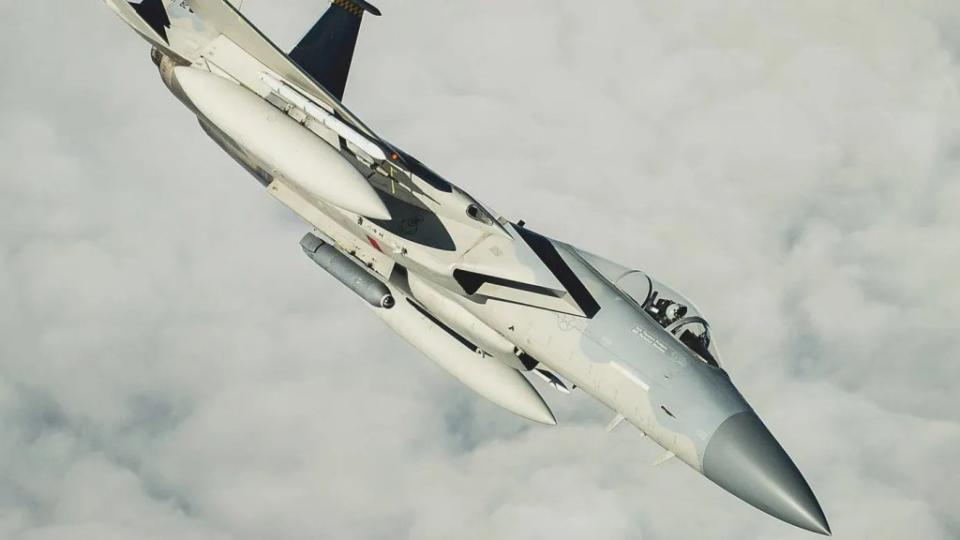
Finally, an F-15EX WSO can oversee the employment of groups of Collaborative Combat Aircraft (CCA) or swarms of other drones.
CCAs, AI, and Command and Control
Both the USAF and PLAAF view CCAs as a way of generating cost-effective mass. The intent is to augment attack formations with low-cost, AI-infused robotic wingmen to increase capabilities in the realm of firepower, sensing, electronic warfare, communications, and other capabilities that manned aircraft bring to the fight. Though both air forces promote heavy reliance on AI in CCAs, AI currently lacks intuition and the ability to infer information in a complex CDO-L combat environment that it is not accustomed to and lacks the ability to break from its given prescribed parameters to adapt. It is therefore expected that some level of human-to-machine interaction between manned aircraft and CCAs will be required to make decisions in a combat environment for some time. Due to the anticipated human interaction with CCAs, the PLAAF foresees multi-seat fighter platforms as an operational requirement.
In a document titled “Study on the Combined Manned Aircraft/UAV in Air Operations,” published around 2021 by Wang Danjing and Liu Ying of the Department of Combined Tactics Air Force Command College in Beijing, the discussion of command and control of CCAs described the task intensive nature of managing combat operations and CCAs simultaneously. When deciding the optimal manned-to-unmanned mixed formation characteristics, task management and cognitive performance were at the forefront of the author’s conclusion that the ideal formation to employ CCAs consists of pairing a two-seat aircraft with a single-seat aircraft.
PLAAF GJ-2 WingLoong 2 UCAVs in cooperation with J-16 multirole fighters.
(Image via @沉默的山羊 from Weibo) pic.twitter.com/PnRoe3Nc2k— @Rupprecht_A (@RupprechtDeino) August 8, 2023
Wang and Liu note that “U.S. scientists show that there is a nonlinear relationship between a person’s workload and work performance,” suggesting that adding management of CCAs to a pilot’s tasks could impact performance. The authors conclude that “the manned aircraft formation scope is better as a two-aircraft formation, with one being a two-seat aircraft tasked with tactical control of the UAVs, while the other is a single-seat aircraft tasked with executing the task of standing guard and attacking.”
While USAF tactics will almost definitely differ from the PLAAF’s regarding CCAs, utilizing an extra body in the backseat of the F-15EX can enhance the employment of CCAs, allowing the front-seat pilot to focus on other tasks or coordinate various functions in a combat setting.
Moreover, it is expected that CCAs will not always launch with their manned platforms to conduct missions in an Agile Combat Employment (ACE) scheme of maneuver or disparate basing environment like in the Pacific. Positioned between forward assets and bases, an F-15EX could take command of CCAs and transfer to forward fighter platforms or launch or recovery locations.
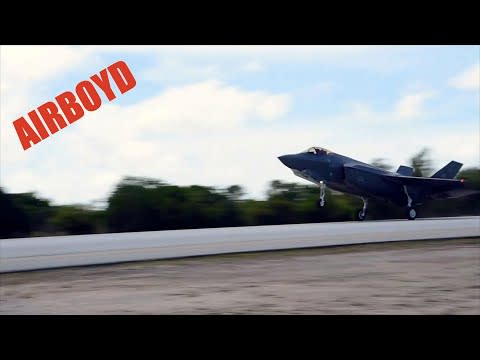
Take Aways
Although the U.S. military typically does not examine adversary strategy, operations, and tactics with the intention of replicating them, it is crucial to recognize the strengths of developing adversary capabilities and evaluate how they align with U.S. military operational principles.
Given the information provided above, it is imperative for the USAF to recognize and address the limitations of human cognition in future information-intensive environments and consider deploying additional operators to process the vast data available and manage new cognitive demands and new responsibilities like CCAs in a high-tech warzone. The PLAAF’s ambitious approach to utilizing its two-seat J-16 and J-20S platforms in complex, high-end combat environments may provide insights into how to maximize the F-15EX’s enhanced capabilities by incorporating a back-seater.
Similar to how the PLAAF intends to use the J-16 to cooperate with other fighter platforms, C2ISR platforms, and its kill-web to employ its outsized weapons, the F-15EX provides the range, payload, and sensors to do the same for the USAF. Additionally, with its fully missionized rear cockpit and large-area display, the F-15EX is capable of doing everything the multi-seat F-15E can do, and more.
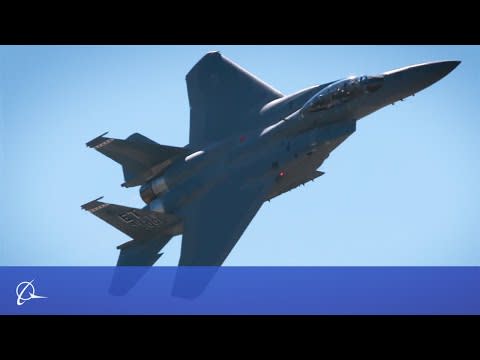
The F-15EX’s fully missionized rear cockpit allows a WSO to conduct a multitude of mission-related functions, freeing the pilot to focus on other tasks at hand. Incorporating a WSO in the F-15EX would thus harness the intended capabilities the F-15EX is designed for. With no one in the rear cockpit, however, the F-15EX’s potential expansion of roles and responsibilities and overall effectiveness cannot be realized, leaving the Air Force unable to capitalize on the investment that is already paid for with each aircraft rolling off the line.
With every new set of roles, responsibilities, and mission expansion, however, comes new training requirements. For the F-15EX to adopt similar roles and responsibilities of the AMCO, the F-15E training pipeline can leverage existing training plans either by restructuring F-15E training flights that develop these specific tasks or by creating a new AMCO training pipeline in concert with the F-15EX syllabus being constructed to prepare future Eagle II pilots. Taking qualified F-15E WSO instructors into an AMCO pipeline that runs in concert with the F-15EX syllabus, the Air Force can fully realize a cohesive multi-seat aircraft ready for the high-end environment.
Unfortunately, however, the USAF has chosen to focus the utilization of the F-15EX on a single mission: long-range air-to-air. While capable of conducting close air support (CAS), combat search and rescue (CSAR), long- and medium-range air interdiction, maritime air interdiction, defensive counter-air, suppression of enemy air defenses (SEAD), and more, leaving the rear cockpit empty in this high-tech piece of machinery and conducting only long-range air-to-air engagements leaves all this potential capability on the table.
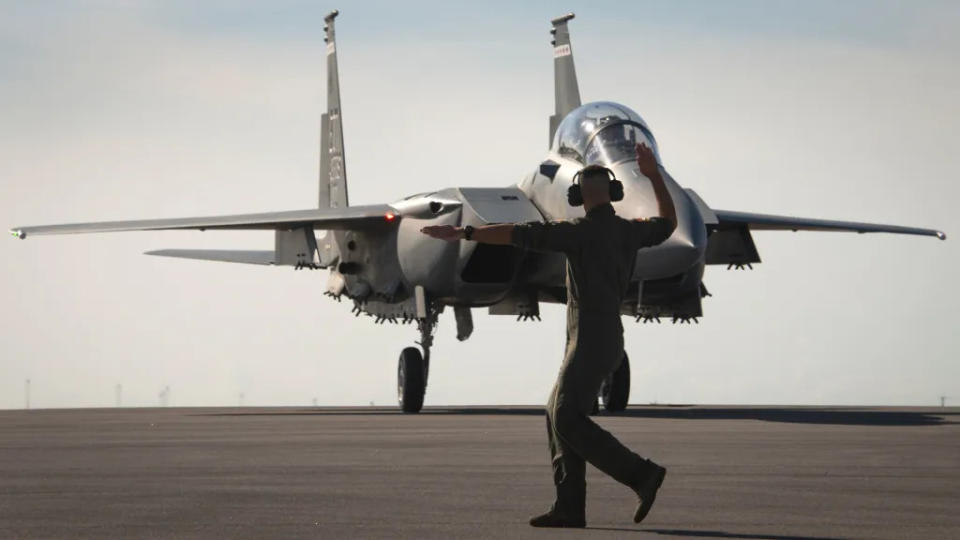
Equipped with outsized, long-range weapons and specialized pods, and the ability to command CCAs and swarms of other drones while directing combat fires and disseminating multi-platform intelligence from a multi-crew platform, the F-15EX offers a broader spectrum of capabilities beyond solely engaging in long-range air-to-air combat. Additionally, much of the necessary technology for these functions is already integrated into the aircraft.
For these reasons, it is imperative that the Air Force not let preconceived notions of traditional roles and responsibilities obstruct decision-making concerning the future of air warfare and the potential evolution of roles and responsibilities.
The character of warfare is evolving, necessitating the utilization of both machinery and personnel in innovative ways that align with the changing environment. The multi-operator platform direction currently pursued by the PLAAF yields operational insights worthy of consideration by USAF planners for the near- and mid-term, even as the USAF continues to develop advanced AI solutions for the long term.
Major Joshua “Soup” Campbell is an F-15E Weapon System Officer (WSO) and graduate of the distinguished USAF Weapon School with 1,500 hours in the F-15E which includes 630 combat hours. He spent the last year as a Fellow at the USAF’s China Aerospace Studies Institute with a strategic and operational focus. He is currently attending Johns Hopkins University, School of Advanced International Studies through the Department of Defense’s Strategic Thinker’s Program. He has worked in a variety of capacities at both the squadron level and MAJCOM staff positions.
Contact the editor: tyler@twz.com



